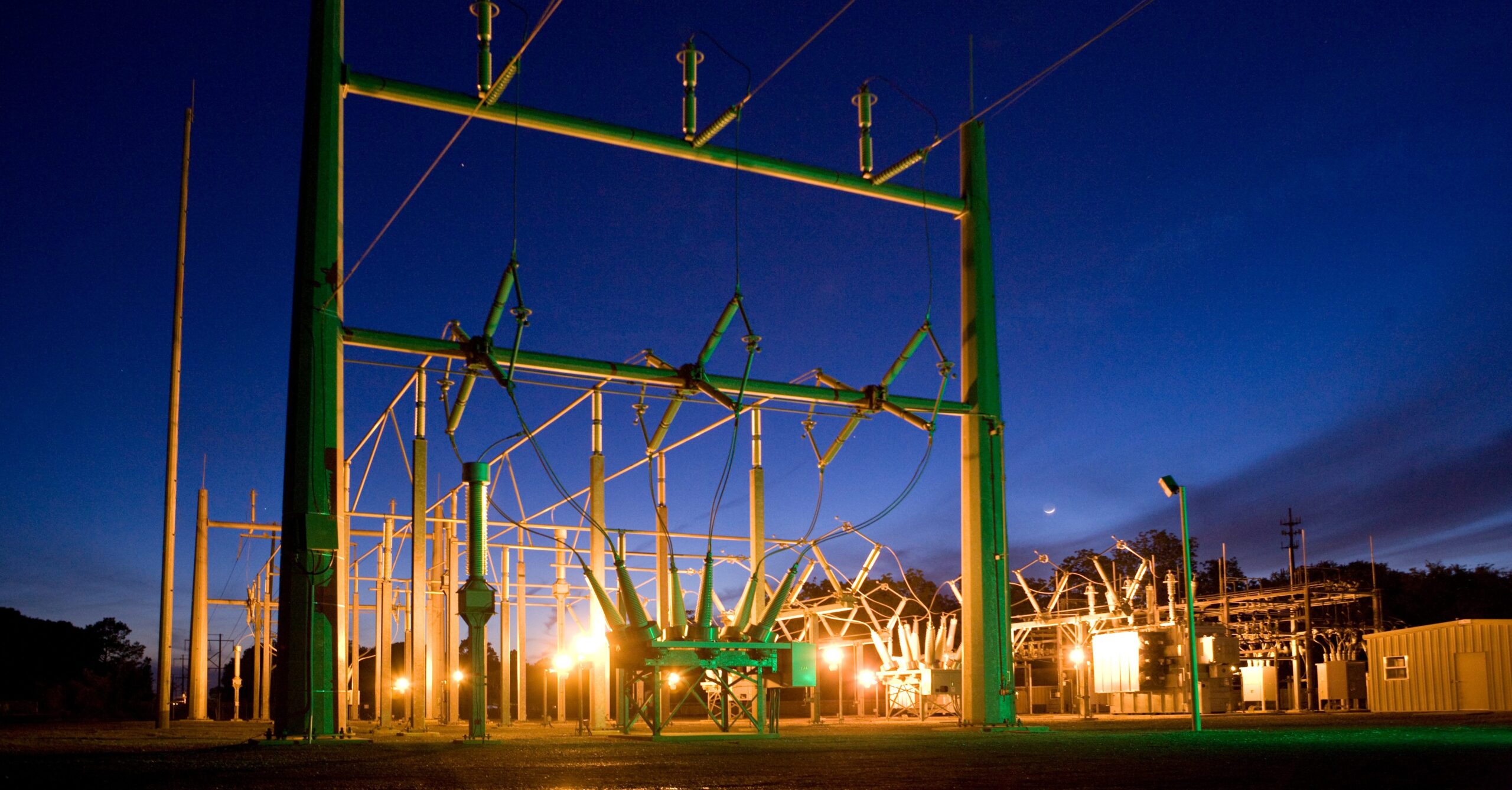Increasing urban energy efficiency has become a top priority for a large coalition of municipalities, banks, and foundations in sixteen of the world’s largest cities. Participating banks will provide up to $1 billion in loans to cities and private landlords to upgrade aging heating, lighting, and cooling systems. Typically such upgrades reduce energy use and costs by 20 to 50 percent according to the organizers of the initiative.
The New York Times reports that energy-saving investments are often neglected because the long-term benefits are not clear. Furthermore, most cities and private property owners lack access to the required capital. Former President Clinton, whose foundation is part of the coalition, said that the retrofits and upgrades will be good for the bottom line by saving money for owners of homes and businesses, making money for the companies providing the services, and creating more jobs while at the same time having an impact on climate change.
Retrofits remain a top priority in industrialized countries, but Thomas J. Wilbanks, an expert on energy and climate, warns that even more critical is the new construction in booming developing countries. These buildings should use the latest technologies and structural systems to insure the greatest possible energy-efficiency, he says.
Meanwhile, the energy-service companies that are upgrading older buildings are working at full tilt. The banks involved in the coalition, which are funding these projects, guarantee a certain level of energy and monetary savings for certain projects under the plan.
The senior vice president of Siemens Building Technologies, one of the energy-service companies, says that so far all of the upgrades performed by his company have paid for themselves in energy savings.



